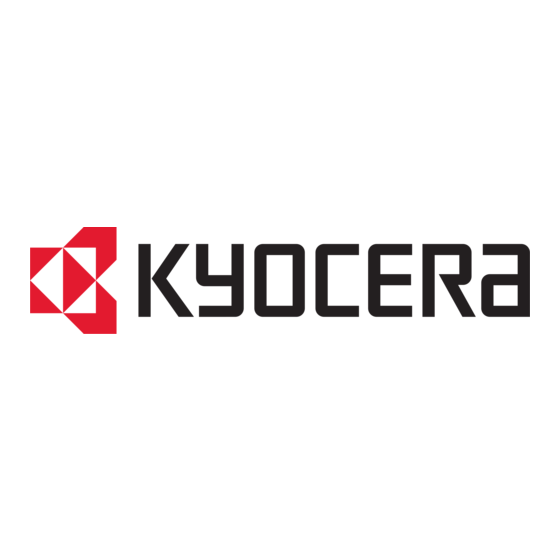

Kyocera FS-9120DN Operating Manual
Kyocera fs-9120dn: user guide
Hide thumbs
Also See for FS-9120DN:
- Service manual (193 pages) ,
- Installation manual (35 pages) ,
- Brochure & specs (2 pages)
Table of Contents
Advertisement
Quick Links
Advertisement
Table of Contents













Need help?
Do you have a question about the FS-9120DN and is the answer not in the manual?
Questions and answers